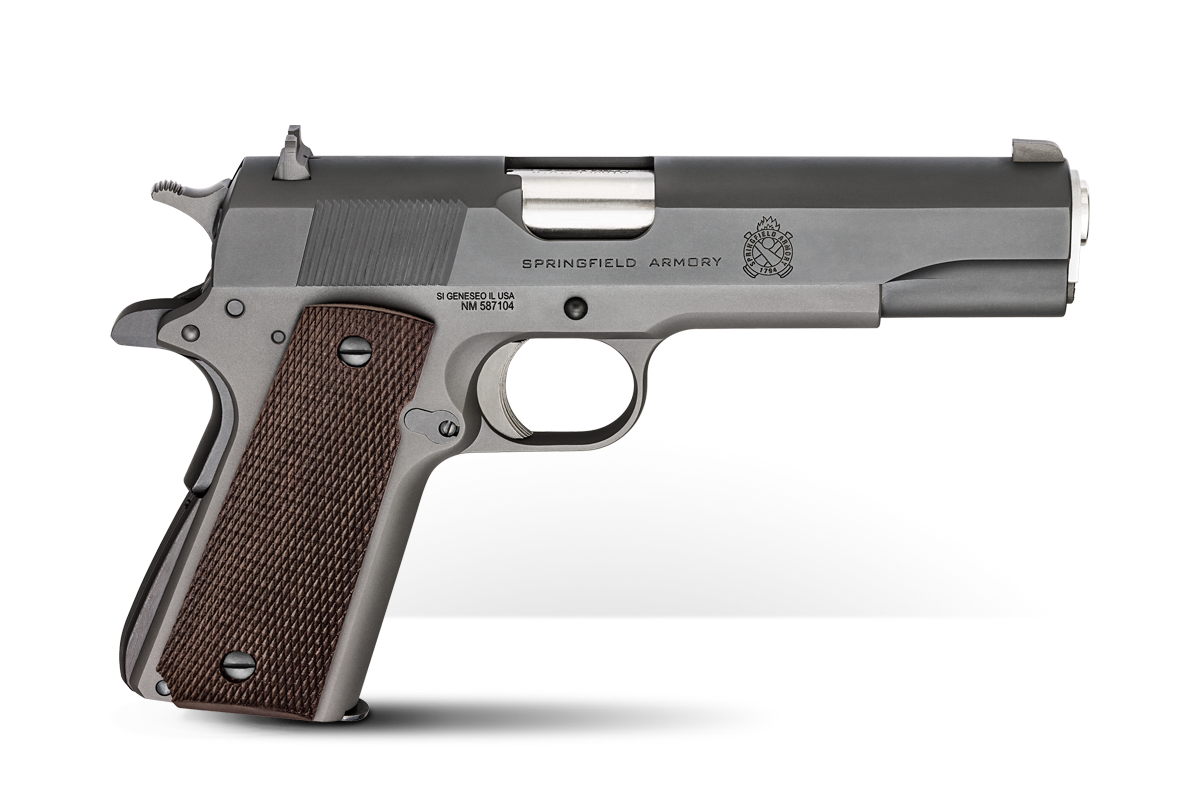The U.S. Navy and the Marines followed in 1913 with adoption of the 1911 firearm.
How did this happen?
The ultimate decision was made to accept handguns designed to operate with .45 caliber or larger.
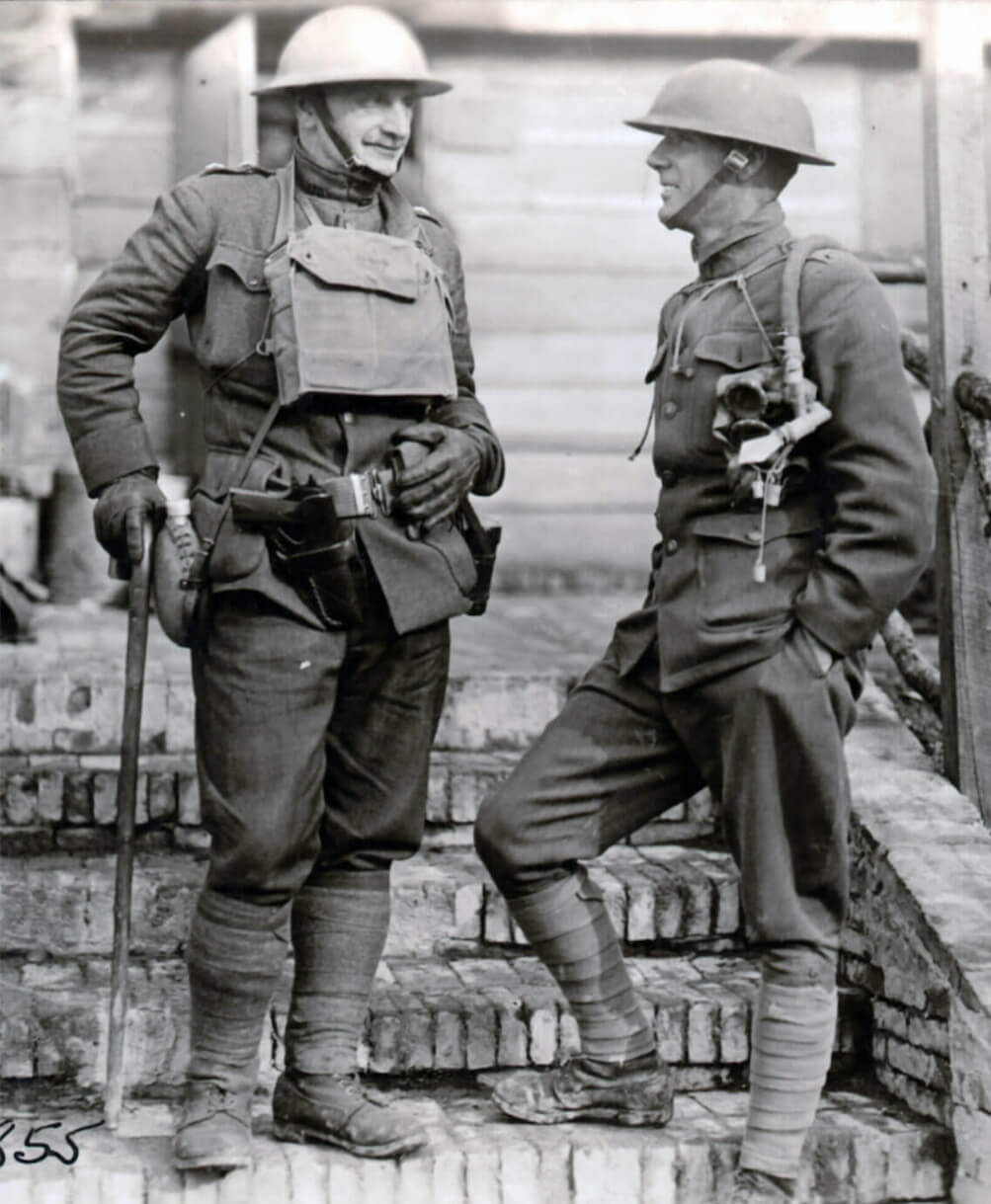
Major General Peter E. Straub (left) of the 35th Division, September 1918 during World War I. Note his 1911. Image: U.S. National Archives
This resulted in the development of the cartridge we now know as the .45 ACP round.
The 1911 did see minor modifications during its time on duty.
In 1924, a new version dubbed the 1911-A1 was released that featured several changes to the original design.
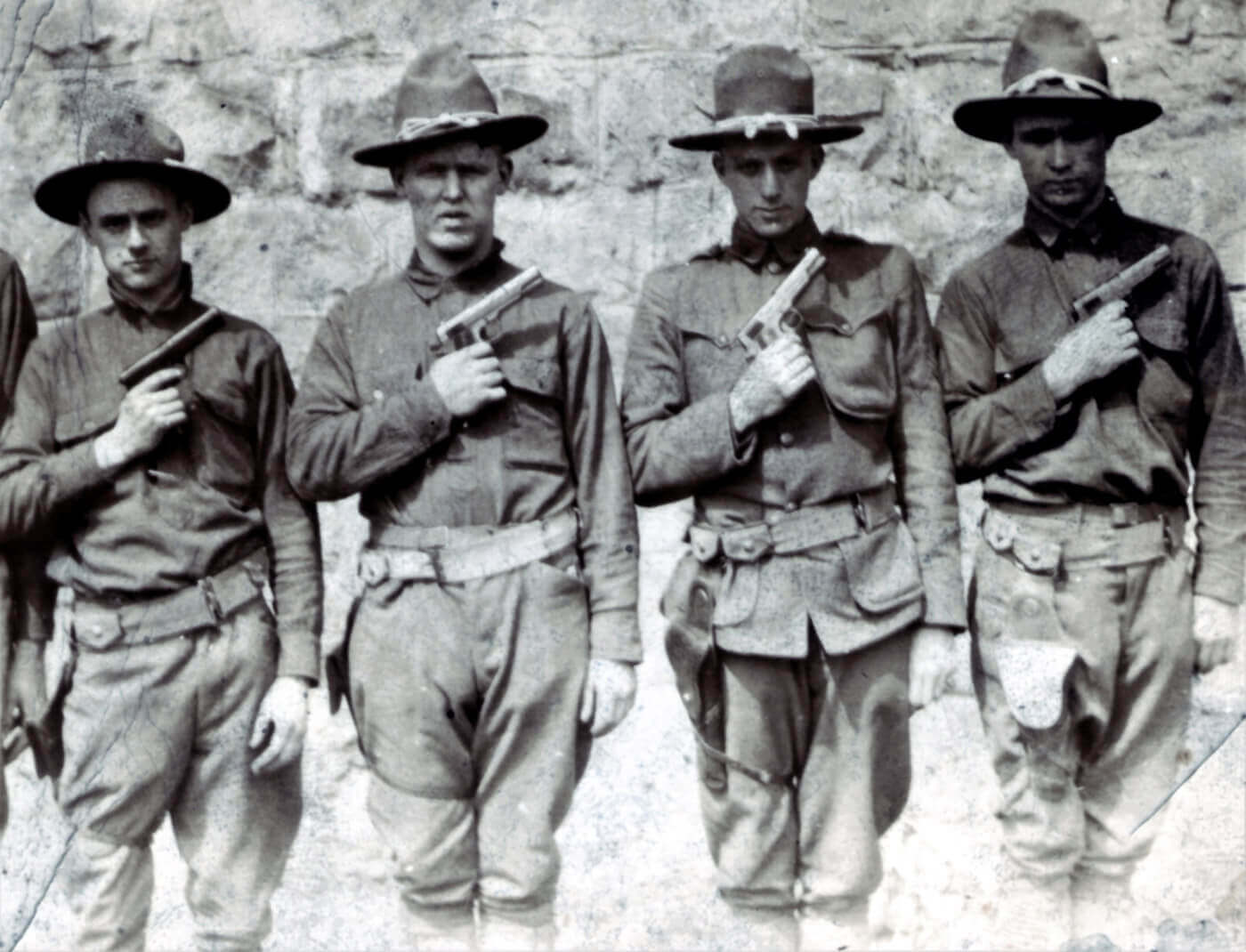
National Guard troops on the Mexican border show off their new M1911 pistols in March 1917. Image: Tom Laemlein
It proved to again be a rugged and durable firearm that delivered unparalleled stopping power.
Numerous manufacturers, including Springfield Armory, offer civilian versions of the 1911 today.
An attractive Parkerized finish and a 7-round magazine round out the package.
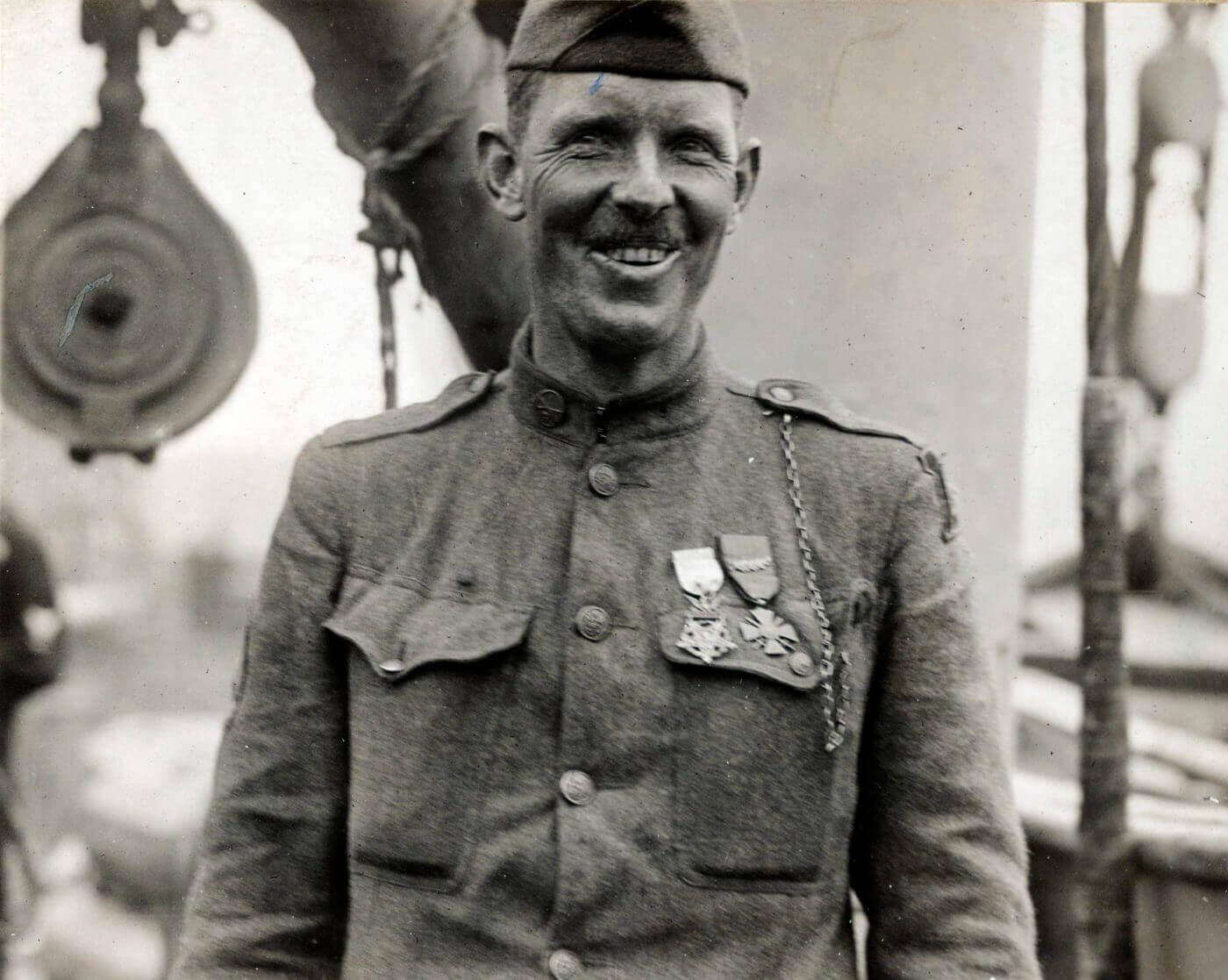
Sgt. Alvin York on his return voyage to the United States, wearing the Medal of Honor and the French Croix de Guerre. Image: National Archive
A pretty impressive accomplishment for design born more than a century ago, wouldnt you say?
Go to forum thread
1911Mil-Spec
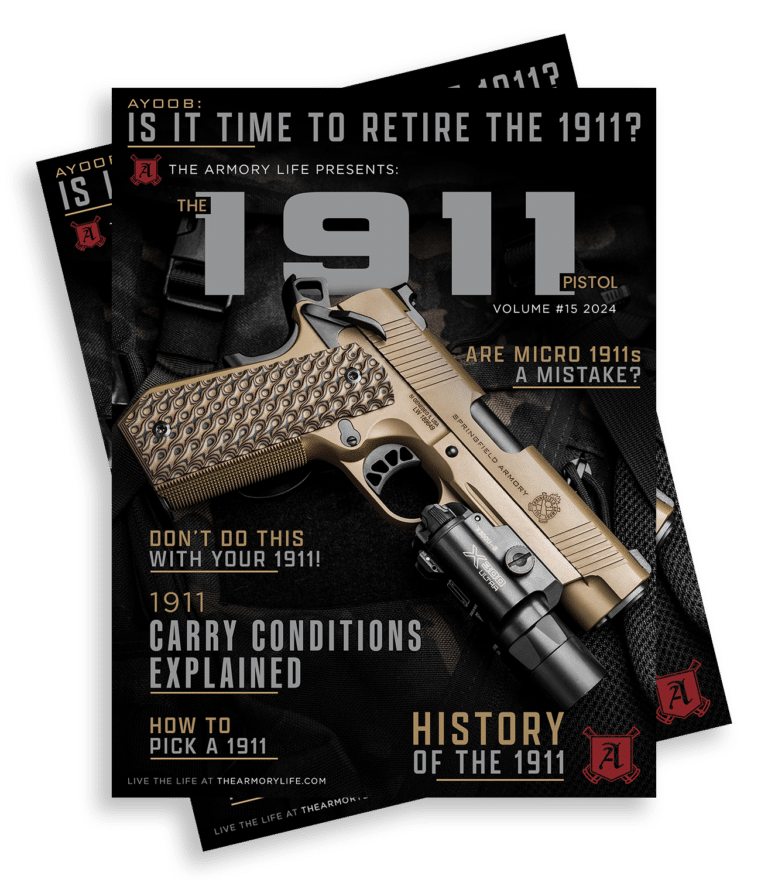
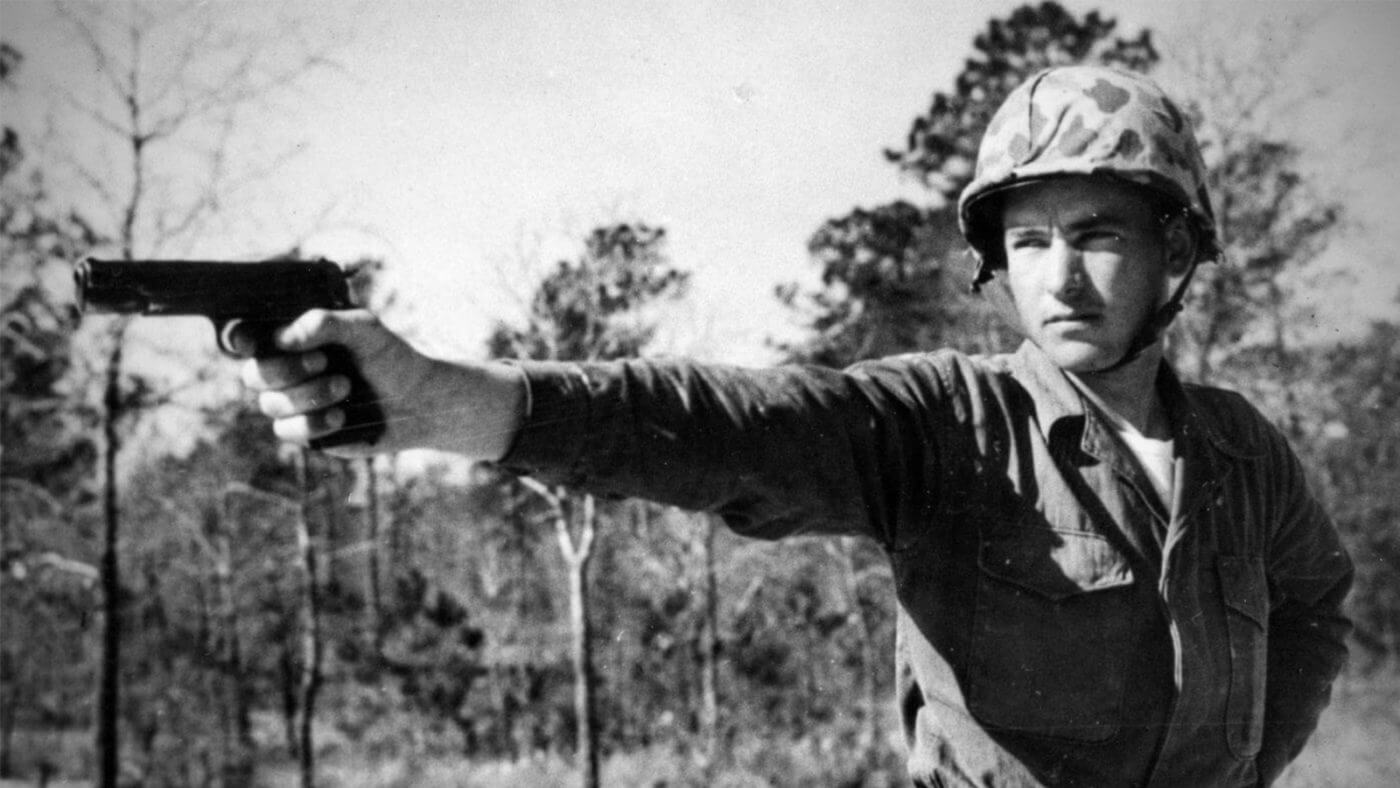
The 1911 proved itself in the battles of Europe all the way to the jungles of the Pacific islands in World War II. Image: Tom Laemlein
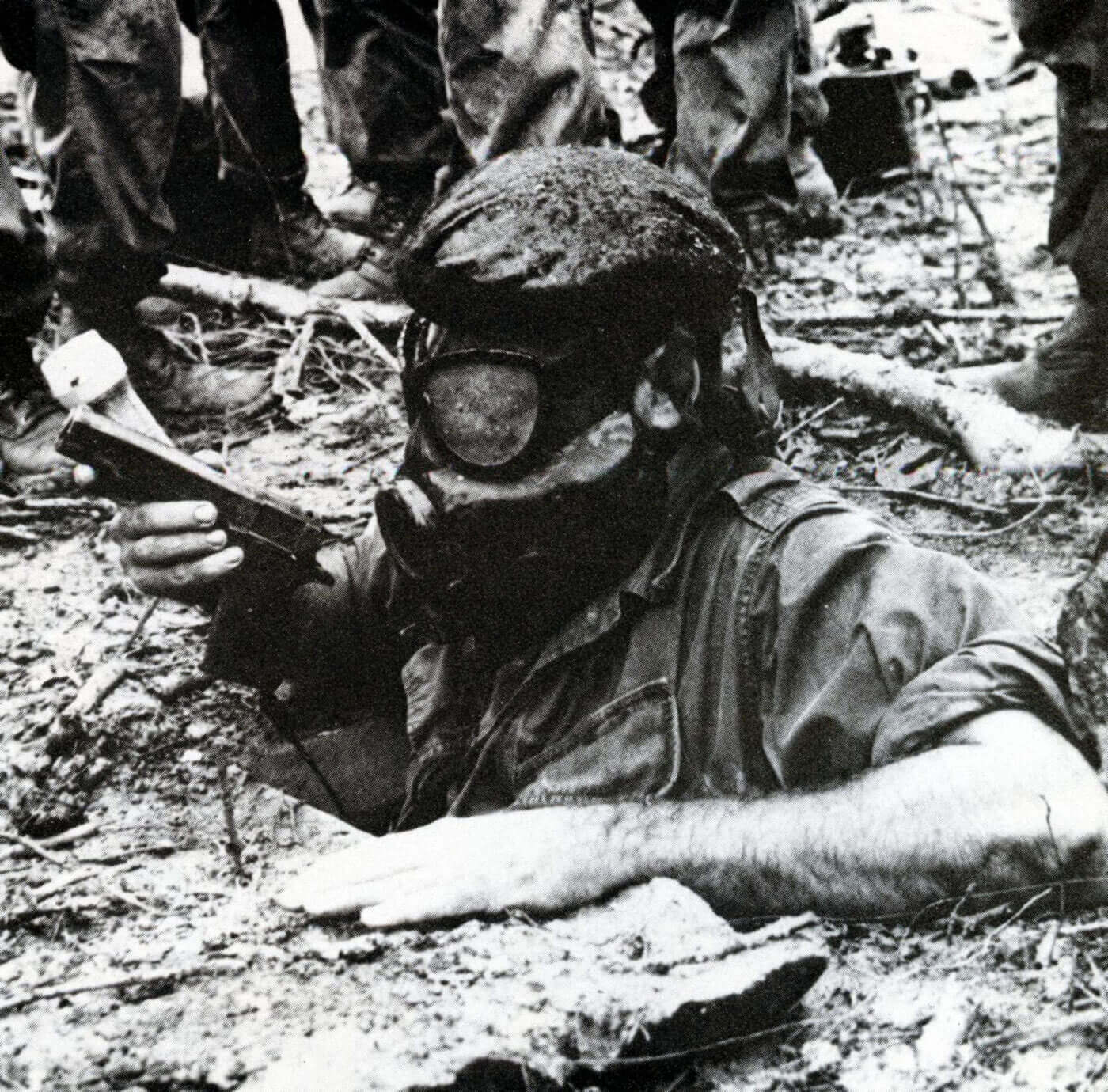
American “tunnel rats” in Vietnam bravely headed down into trap-laden tunnels armed with the 1911. Image: Tom Laemlein
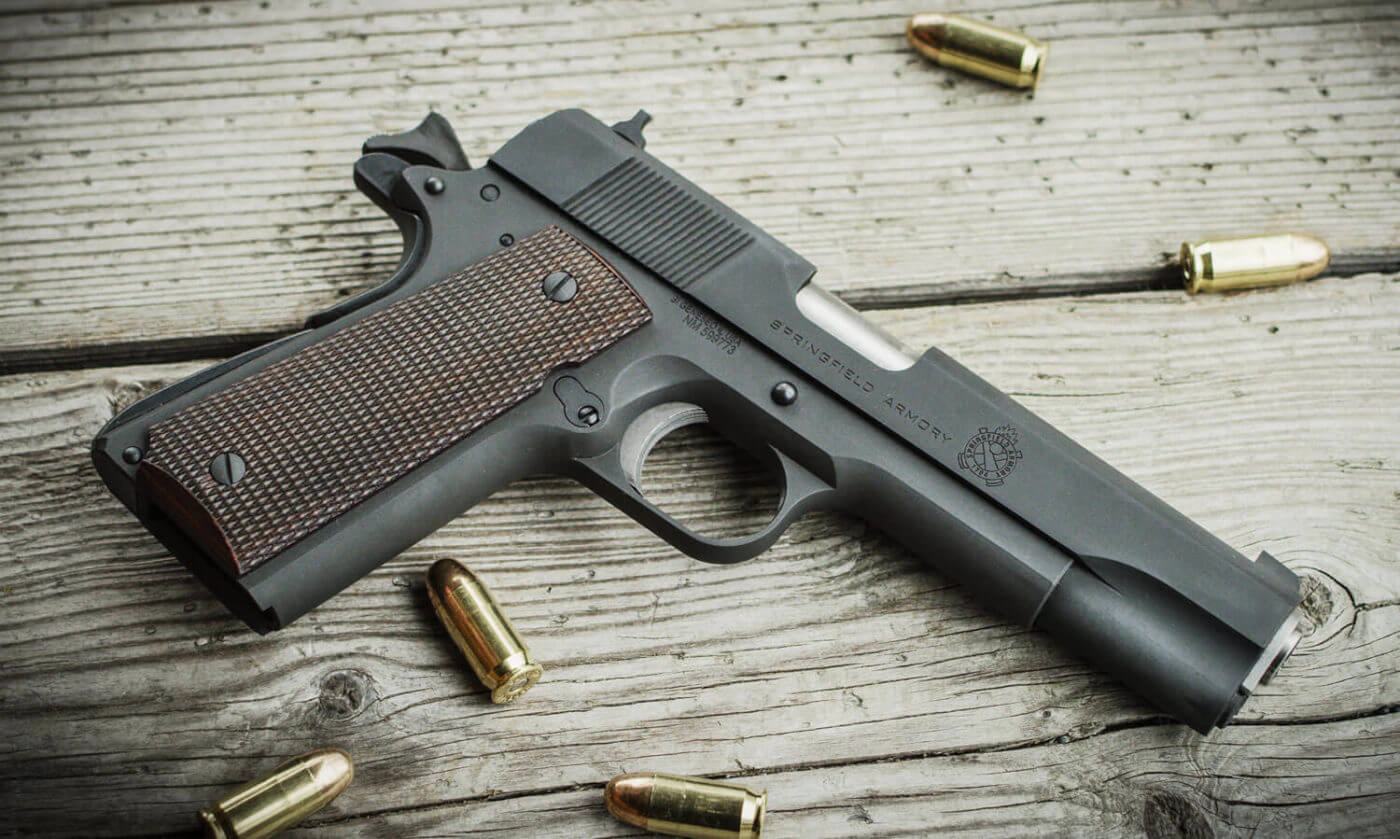
TheMil-Spec 1911 from Springfield Armoryrepresents a modern take on the 1911-A1 pistol, and is offered at a great price.
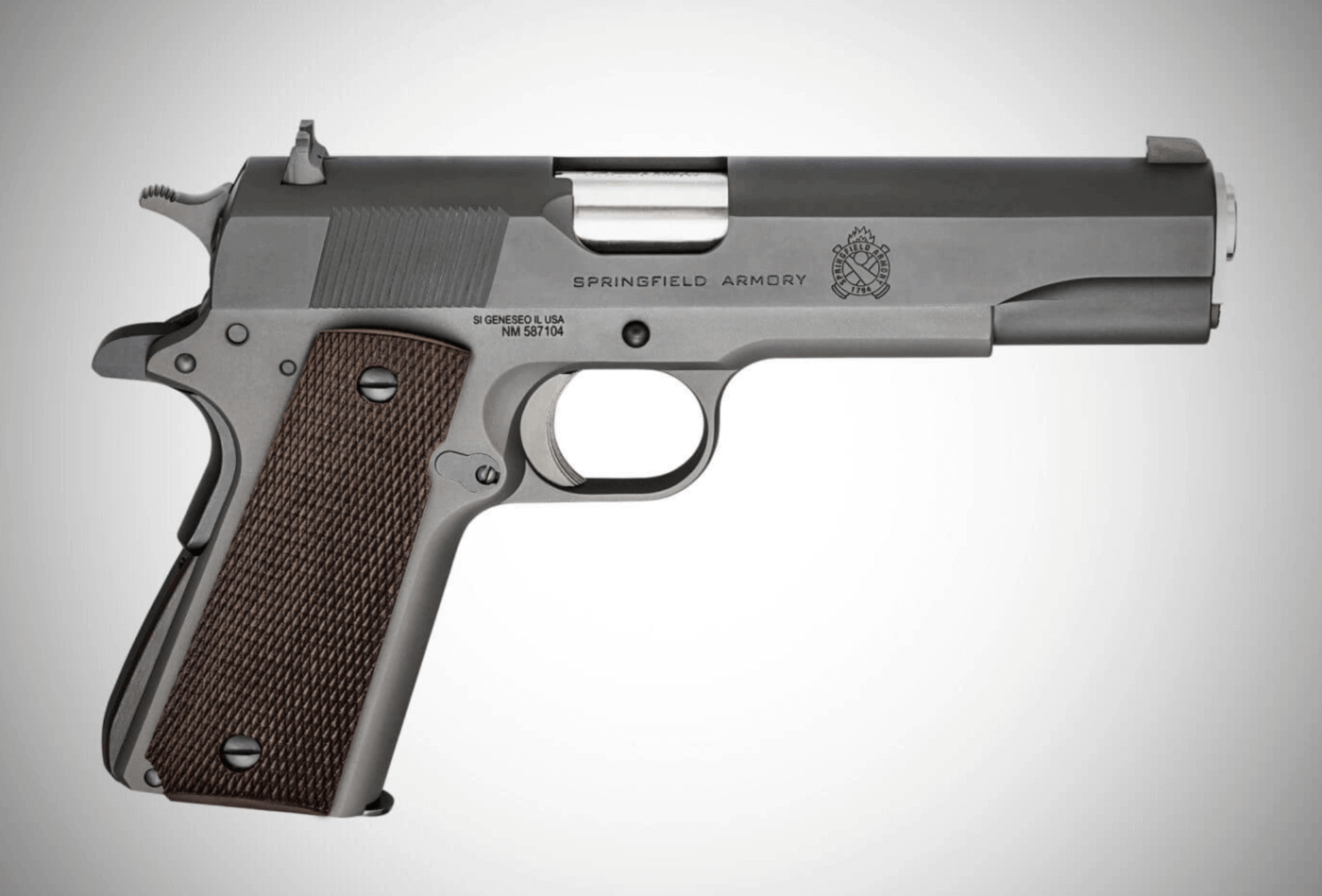
The Mil-Spec features several modern upgrades, such as a stainless steel barrel andthree-dot sights.
